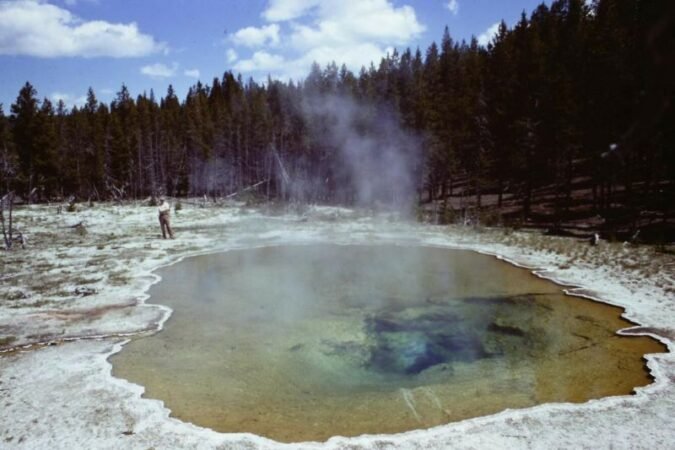Top Highlights
-
Pioneering Discoveries: The journey of modern biotechnology began in the 1960s when Thomas Brock discovered the extremophile Thermus aquaticus in Yellowstone National Park, leading to significant advancements in molecular biology and microbiology.
-
PCR Revolution: Brock’s research enabled the isolation of DNA polymerase from T. aquaticus, which Kary Mullis utilized to develop the polymerase chain reaction (PCR) method, revolutionizing DNA amplification and enabling precise analysis for applications in medicine, environmental science, and law.
-
Global Impact: The biotechnology market, fueled by innovations like PCR and DNA fingerprinting, was valued at $793.87 billion in 2021 and is projected to exceed $1.68 trillion by 2030, contributing significantly to agriculture, health, and climate resilience.
- NSF’s Role in Innovation: The National Science Foundation (NSF) plays a crucial role in driving biotechnology research and funding startups, fostering breakthroughs like CRISPR technology for gene editing and supporting the discovery of useful microorganisms in extreme environments.
From Curiosity to Breakthroughs
Biotechnology is revolutionizing many sectors, from healthcare to agriculture. Surprisingly, much of this innovation stems from the hot springs of Yellowstone National Park. In the 1960s, microbiologist Thomas Brock stumbled upon blue-green algae thriving in extreme conditions. His curiosity led to groundbreaking research that isolated Thermus aquaticus, a bacterium able to endure high temperatures. This discovery opened the door to the study of extremophiles, leading to advancements in DNA research.
Soon after, scientists successfully isolated a temperature-stable DNA polymerase from T. aquaticus. This enzyme became the foundation for polymerase chain reaction (PCR), a technique that amplifies DNA. PCR transformed scientific research, enabling more accurate disease testing, the development of new drugs, and environmental monitoring. The implications of this simple organism, found by chance, stretch far and wide, demonstrating how curiosity can propel entire sectors forward.
Driving Innovation and Economic Growth
Organizations like the National Science Foundation (NSF) play a pivotal role in fostering biotechnology’s growth. NSF supports research programs and startups that focus on innovative biotechnologies. For instance, the CRISPR technology, which edits DNA with precision, emerged from NSF-funded research. This technology has the potential to revolutionize medicine and agriculture.
The biotechnology market reflects this boom, projected to reach $1.68 trillion by 2030. Companies driven by discoveries from Yellowstone not only fuel economic growth but also tackle pressing challenges like climate change. As NSF continues to encourage exploration and development, who knows what new discoveries lie ahead? Yellowstone’s hot springs remind us that nature holds the keys to our future, encouraging us to explore and innovate with a sense of wonder.
Discover More Technology Insights
Stay informed on the revolutionary breakthroughs in Quantum Computing research.
Discover archived knowledge and digital history on the Internet Archive.
TechV1

